 Plant Nature Study II
Plant Nature Study II
Plant Nature Study II
Plant Nature Study II

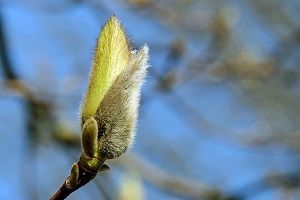
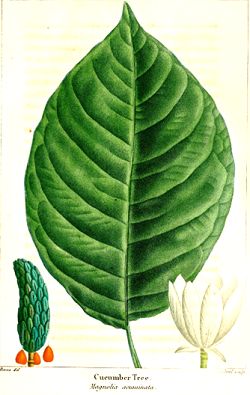
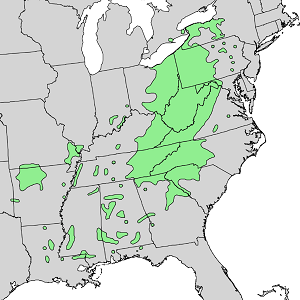
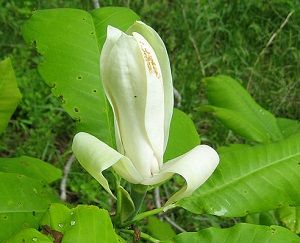
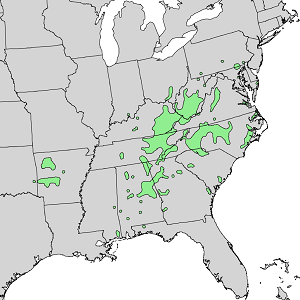
 Plant Nature Study II
Plant Nature Study II
Plant Nature Study II
Plant Nature Study II

Study the lesson for one week.
Over the week:
PLANT YOUR OWN OAK TREES
MATERIALS
METHOD
Activity 1: Narrate the Lesson
Activity 2: Study the Lesson Pictures
Activity 3: Take a Nature Walk
Activity 4: Complete a Field Book Entry

After your nature walk, complete page 46 in 'Science Field Book for Fourth Grade.'